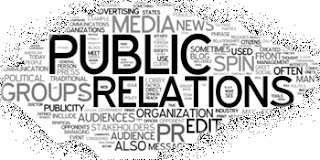Business cases before the Supreme Court this term

From the Business Journals : The Supreme Court of the United States begins its 2016 term Monday. Virtually by definition, cases that reach the land's highest court are historic in nature, but there are plenty of prominent and divisive cases to go around this term. The session will be further complicated by the court still being down a member after the death of Justice Antonin Scalia in February. If the court splits 4-4 on a ruling, the lower court's ruling effectively stands. Here are some of the key business cases before the court this term — with what's in dispute and what's at stake. Samsung Electronics v. Apple Inc...




